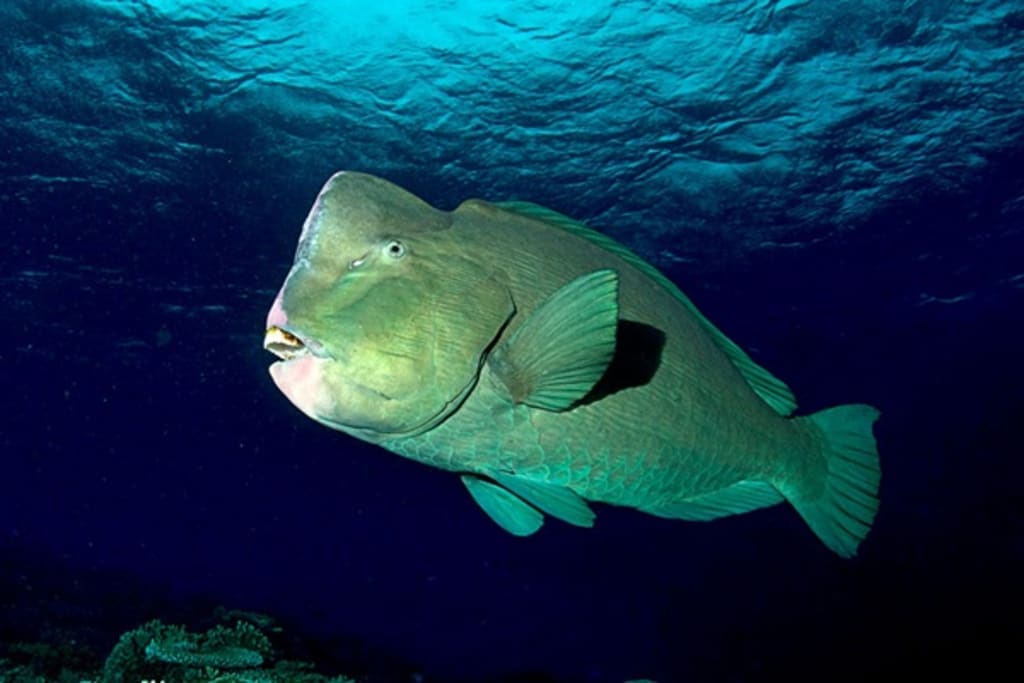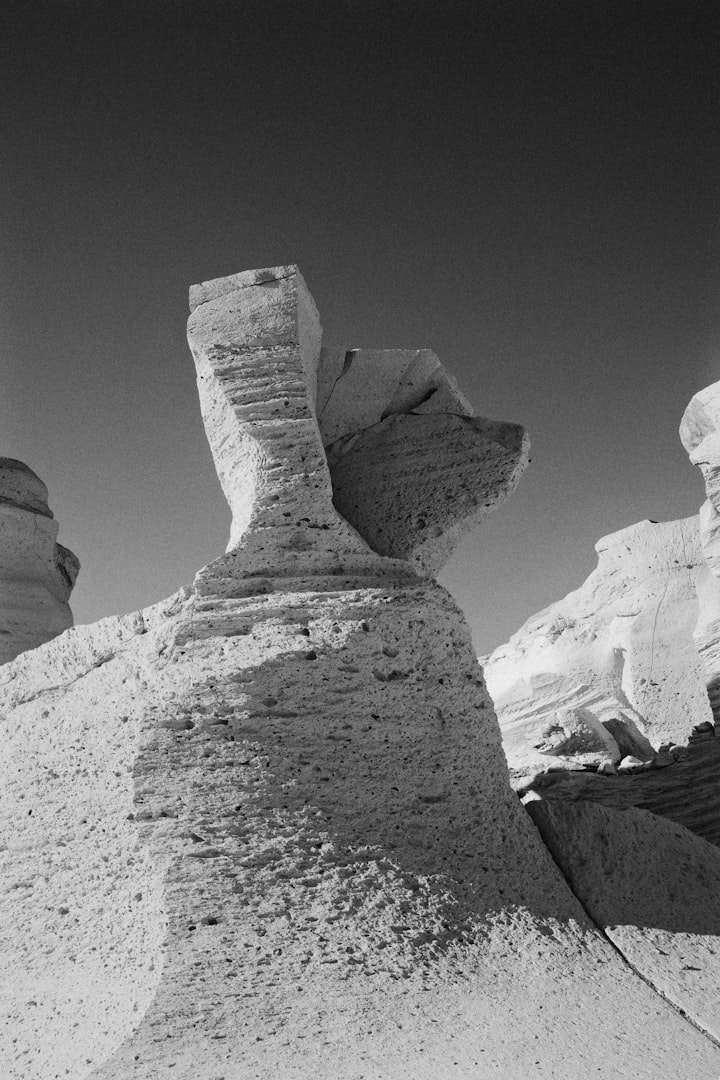
What if I told you there is a fish that shapes our beaches? You read this correctly; they shape our beaches! When you think of fish, you probably have a visual of a fish in the river or the ocean, a fish in an aquarium or maybe even a fish on your dinner plate. However, fish are much more complex and diverse than we think. We have some that live in freshwater, others in brackish water (water that has a little salt but not as much as seawater) and of course saltwater fish. They are also not just tied to salinity, but also to different habitats and depth. That is a lot of diversity and hence the large variety of different types of fish.
Now what about the sand that lays on the ocean floor and on beaches. Do you know where it comes from? Unrelated, right?...Wrong!
Sand originates from numerous areas, sources, and conditions. Brown sand forms when rocks break down from erosion over thousands and sometimes millions of year s. Dark sand originates from disintegrated volcanic material, for example, magma, basalt rocks, and other rocks and minerals, and is usually found on sea shores close to volcanic action. Pink sand originates from the consistent decay of living beings called foraminifera and the beautiful white-sand beaches originate from parrot-fish poop and a lot of it from the Giant Bumhead Parrot-fish!
The Giant Bumphead Parrot-fish is a unique reef fish that has an impact on coral reefs and even on our own beaches. They are the largest species of parrot-fish and the largest reef fish, weighing up to 165-pound (75-kilogram) and growing to lengths of 4.9 ft (1.5m). The name "Parrot-fish" comes from the parrot-like beak they have and "Giant Bumphead" comes from the big bump they have on their forehead. They use it to assert dominance when they are spawning in big groups, prior to the new moon, by bumping heads like elks or goats do when they butt heads, and occasionally use it to bump corals. Giant Bumphead Parrot-fish become of reproductive age between 5-8 years old and can live up to 40 years old. They are found throughout the Western Pacific, Indian Ocean, and Red Sea. However, due to them being considered tasty and the fish's habit of sleeping in shallow waters, they are easy targets by fishermen. Over-fishing and their slow growth along with the destruction of their habitat makes them a threatened specie.
Bumphead Parrot-fish spend their days taking bites of algae growing on corals and bites of corals themselves. They selectively eat fast growing corals to maintain a healthy ecosystem and dead ones to make room for younger and/or healthier corals. Bumphead Parrot-fish also travel a lot in groups inspecting the aquascape, biting into reefs and excreting sand. Regular parrot-fish can create 840 pounds of white sand every year and a single Giant Bumphead parrot-fish can produce 11,000 pounds of sand per year. This is equivalent to the weight of 3 cars! The fish produces sand by nibbling and scratching algae growth off of rocks and corals with their parrot-like beaks, then crush the calcium-carbonate reef material (made for the most part of coral skeletons) in their guts, and afterward poop it as sand.
So whenever you take a walk on the beach, fill a jar with sand or spread out your beach towel somewhere near the shore, consider the sand underneath you, which, as Rachel Carson stated, is revealing to you a tale about the Earth. You might be going to lay down on the remaining parts of million-year-old rocks. On the other hand, you may rest upon endless piles of parrot-fish poop!

Sources:
- https://www.fisheries.noaa.gov/science-blog/fish-shapes-reef
- https://www.nationalgeographic.com/news/2015/03/150308-parrotfish-science-oceans-animals-mating-moons/#close
About the Creator
Sally A
Ambitious lady that loves animals, health, self-development & beauty 💕






Comments
There are no comments for this story
Be the first to respond and start the conversation.